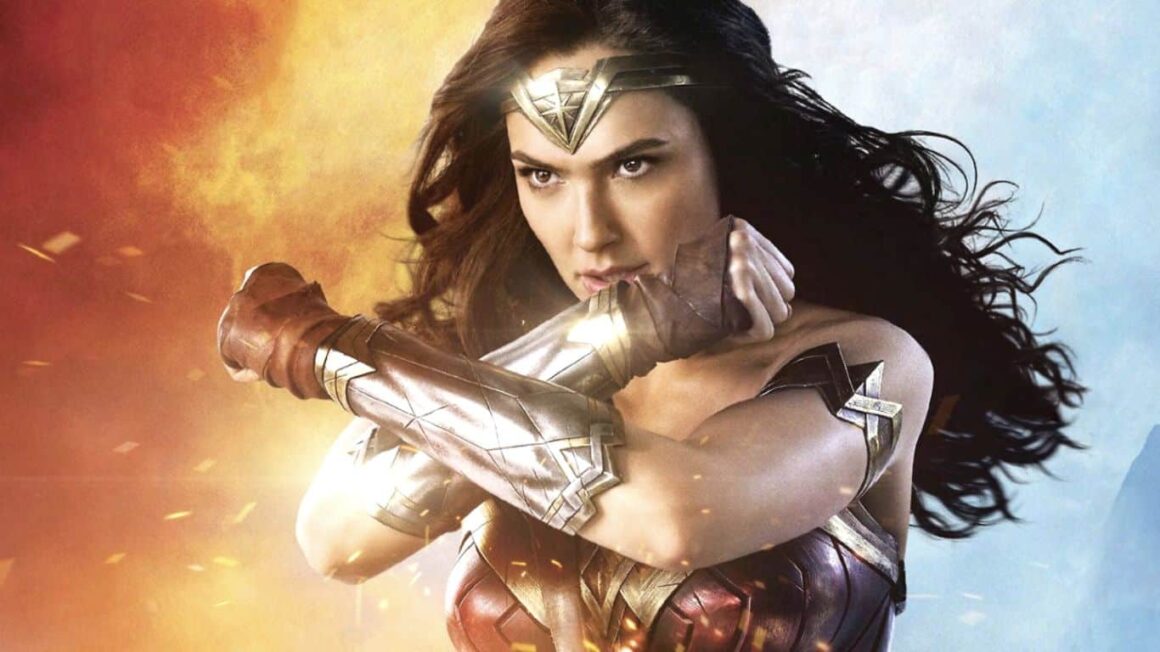The Role of Wonder Woman in Modern Feminism: Wonder Woman has been a symbol of feminism and female empowerment for decades. As a founding member of the Justice League and the Amazonian princess Diana, she has stood for truth, justice, and equality. In recent years, the character has taken on a renewed significance in the conversation about modern feminism. From her origins in the comic books to her portrayal on the big screen, Wonder Woman has become a cultural icon and an important role model for women everywhere. Today we will talk about the role of Wonder Woman in modern feminism and the ways in which she continues to inspire and empower women in the 21st century.
Role of Wonder Woman in Modern Feminism
Origin of Wonder Woman

The character was created by the American psychologist and writer William Moulton Marston, and first appeared in All Star Comics #8 in December 1941. Marston was a vocal advocate for women’s rights and a pioneer in the field of psychology. He believed that women were more honest, peaceful, and fair-minded than men, and saw Wonder Woman as a way to promote these values and to challenge the traditional gender roles of the time. Wonder Woman was inspired by Marston’s wife, Elizabeth Holloway Marston, and by the Amazonian women of Greek mythology. Wonder Woman is a member of the fictional all-female tribe of Amazons who live on the island of Themyscira. She is trained in combat and diplomacy, and possesses superhuman strength, speed, and agility. Her signature weapon is the Lasso of Truth, which forces anyone caught in it to speak only the truth.
Wonder Woman has had a long and varied history in popular culture, appearing in numerous comic book series, television shows, and movies. She has remained a popular and enduring symbol of female strength and empowerment, and her message of equality and justice continues to resonate with audiences of all ages.
Wonder Woman in 1950’s

Wonder Woman was first introduced in the 1940s and quickly became a popular character in the DC Comics universe. In the 1950s, Wonder Woman continued to appear in various comic book series, including her own self-titled series, which ran from 1942 to 1986. During this time, the character underwent several changes, both in terms of her appearance and her role in the story. In the 1950s, Wonder Woman was depicted as having a more traditional, feminine appearance, with a cinched waist and full skirt. She was often shown performing domestic tasks, such as cooking and cleaning, and was portrayed as more of a homemaker than a warrior. Despite these more traditional gender roles, Wonder Woman remained a strong and independent character, and her adventures continued to focus on themes of justice and equality. In many ways, Wonder Woman was ahead of her time, and her message of female empowerment and equality was particularly relevant during this period, when women’s roles in society were rapidly evolving.
The 50’s Wonder Woman vs The Modern Day Wonder Woman

Wonder Woman has undergone many changes since her introduction in the 1940s. In the 1950s, the character was depicted as having a more traditional, feminine appearance, with a cinched waist and full skirt. She was often shown performing domestic tasks, such as cooking and cleaning, and was portrayed as more of a homemaker than a warrior. In contrast, the modern-day Wonder Woman is typically portrayed as a strong, independent, and capable character who is fully committed to her role as a hero. She is often shown engaging in combat and other action scenes, and is depicted as a more proactive and assertive character.
In terms of appearance, the modern Wonder Woman is typically shown wearing a form-fitting costume that is more practical and functional for combat, rather than conforming to traditional notions of femininity. She is also often depicted as having a more athletic and muscular physique, reflecting her strength and capabilities as a warrior. The modern-day Wonder Woman is a more complex and nuanced character than her 1950s counterpart, and is more in line with contemporary ideas of female empowerment and equality.
Is Wonder Woman Really a Feminist Icon

The character has long been considered a feminist icon and a symbol of female empowerment. As a strong, independent, and capable character, she has inspired and empowered women for decades. However, there has been some debate among feminists about whether Wonder Woman truly represents feminist values. Some critics have pointed out that, while the character may be strong and independent, she is also often sexualized and objectified in her portrayal, particularly in her early appearances. Others have argued that the character’s adherence to traditional gender roles, such as her role as a homemaker in the 1950s, is at odds with feminist values. Despite these criticisms, many feminists still view Wonder Woman as a positive and empowering symbol for women. While she may not be a perfect representation of feminist ideals, her message of equality and justice is still relevant and important, and she continues to inspire and empower women everywhere.
Wonder Woman’s Impact on Modern Day Feminism

Wonder Woman has had a significant impact on modern-day feminism and the way that women are represented in popular culture. As a strong, independent, and capable character, she has served as a role model and an inspiration for women everywhere. Wonder Woman has also helped to challenge traditional gender roles and stereotypes. By showing that a woman can be both strong and feminine, Wonder Woman has helped to break down the notion that femininity is weak or inferior. In addition, the character’s focus on themes of justice and equality has resonated with many feminists and has helped to promote the values of feminism in popular culture. In recent years, Wonder Woman has become even more prominent as a feminist icon, with the release of the critically acclaimed Wonder Woman film in 2017 and the subsequent release of several other films featuring the character. This increased visibility has helped to bring the character and her message of female empowerment to a wider audience, further solidifying her place as an important figure in modern feminism.
Also Read: Evolution of Spider-Man’s Costume and Design



